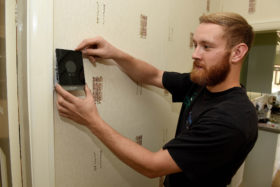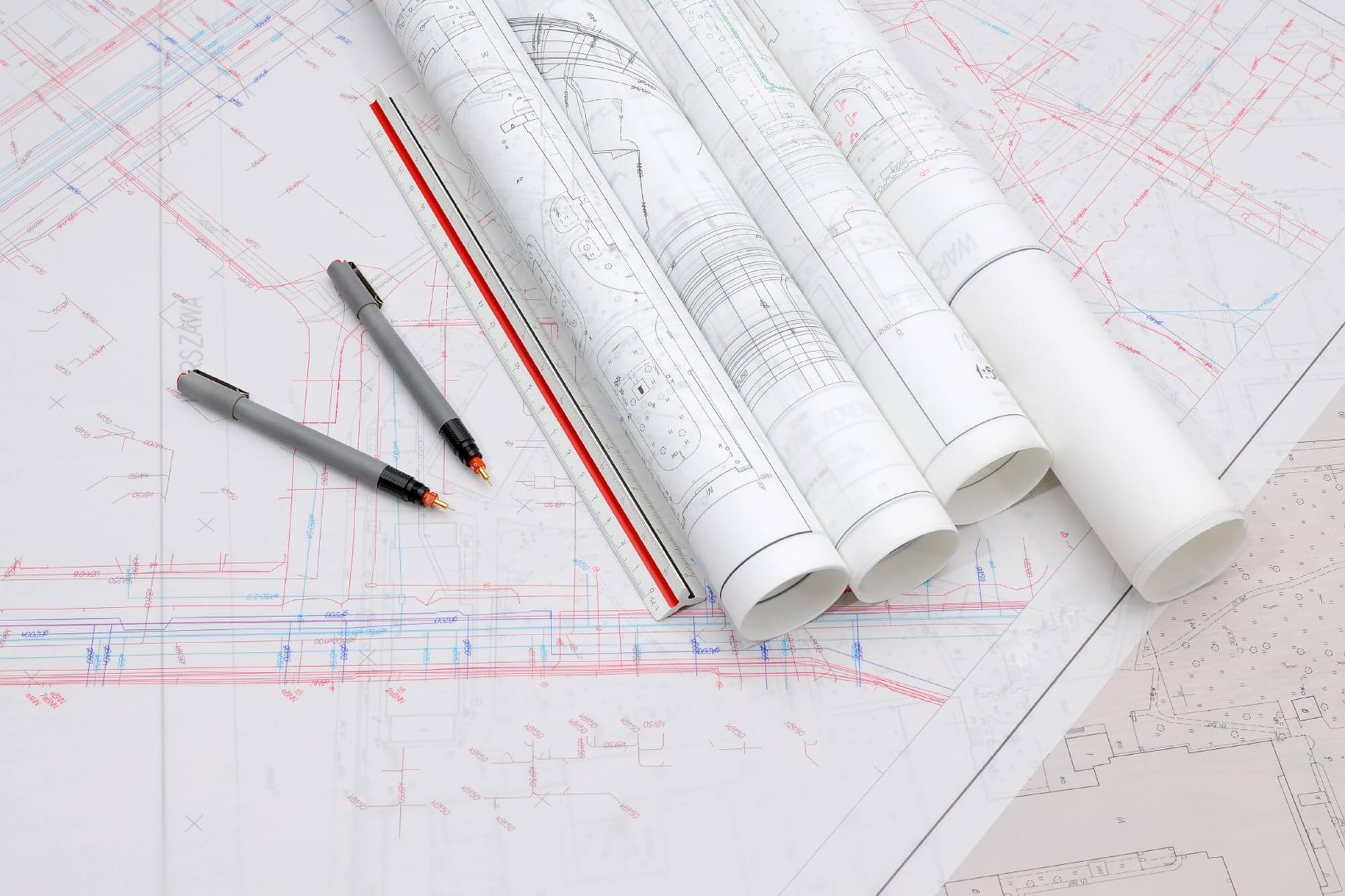How to Get Building Regulations Approval
The Building Regulations are minimum standards governing the design, construction and alteration of virtually any type of structure – whether new-build, renovation, domestic, commercial or otherwise.
The regs are administered by building control bodies, which could be the local authority or a private-sector approved inspector, licensed by the Construction Industry Council.
They first came about after the Great Fire of London with a view to improving fire safety in the capital. They have been repeatedly updated since.
National standards were originally published in 1965. The Building Act 1984 then went on to introduce Approved Documents (which set out routes to compliance), while the current Building Regulations came about in 2010, with subsequent tweaks.
Building Regs approval
For the vast majority of projects, you’ll need to seek confirmation from building control that your scheme meets the required standards (with a handful of exemptions, such as for some single-storey detached structures, porches and conservatories).
There are two key aspects to this: securing consent for what you plan to do, and getting approval as the works progress.
At the pre-build stage, I’d always recommend a full plans application.
This involves submitting information about your project, including detailed drawings, to be checked against the regulations prior to starting on site. This gives you confidence that, if you work to your approved plans, the scheme will achieve compliance on completion.
The alternative is to submit a building notice to your council, which simply informs them of your intent to start building.
In this scenario the design tends to develop as the project progresses.
The issue here is that it may transpire the works don’t comply – particularly in relation to energy ratings. So this is certainly not a recommended option for self-builds or conversions, as overall the fees and risk involved can be substantially more.
Your building control body (ie the approved inspector or the local authority) will make regular inspections to check the work is in compliance with the regs.
Councils also look after certain other aspects of construction, such as demolition and licensing for temporary or special structures.
The inspector may well be happy to give you advice on how to comply.
It’s important to remember, however, that building control is not a clerk of works or project management service that will monitor every stage of the construction process.
It’s also not a consultancy for elements outside of the regs, such as decisions relating to the finishes and aesthetics. It doesn’t offer you any contractual protection with your builder, nor is the process a 100% guarantee of compliance.
Ultimately responsibility for meeting the regs (and calling in the inspector at the right stage) rests with the person carrying out the work.
5 things to remember |
|
Why do I need warranty inspections?
To protect against defects – and to ensure your new home is mortgageable in the future – it’s vital to get a 10-year structural warranty in place.
A Building Regs completion certificate simply confirms that, as far as can be ascertained, the work complies with the current regs.
But a warranty provider will be covering the project for a decade post-completion, so they need to be confident in all aspects of the construction. Hence they require an additional audit.
You can save time and money by combining the building control and technical audits. So the same person, who should have a good understanding of the project, handles both sides.
This route should only be used where there is a documented specification of insurer’s requirements to be followed by the approved inspectors as to what they need to do – otherwise there could be a lack of accountability if something goes awry.
It’s not possible to take this route if you’re using your local authority as the building control body.
Andy Butchers is a building surveyor with over 25 years’ experience in the construction industry. He is a director of Build-Zone Survey Services, which provides technical services for a number of warranty providers. Call 01732 744186 or visit www.bzss.co.uk to find out more.



































































































 Login/register to save Article for later
Login/register to save Article for later














